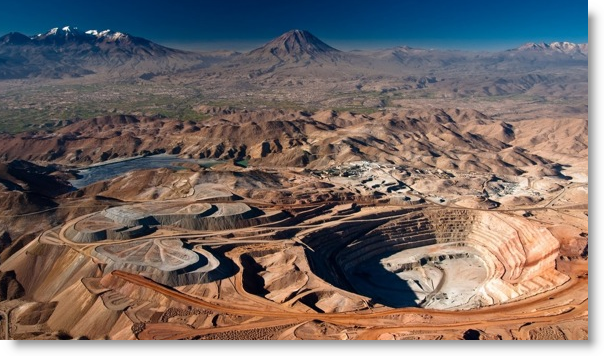
Production of copper and gold in Peru, the country’s top export earners, increased in the first five months of this year, according to government figures.
The Mines and Energy Ministry said that copper production rose 6.29% to147,284 tons in the January to May period compared to the same period last year, Semana Economica reported.
The central Andean region of Ancash, home to the massive Antamina copper and zinc mine, accounted for almost a quarter of national copper production. Other major copper production regions were Cusco, Moquegua and Arequipa, the ministry said.
Copper makes up about 20% of Peru’s exports. The higher production has been spurred by the start of new mines and a recovery in output from existing operations that faced operational setbacks last year due to lower ore grades.
The increase in copper production is expected to help boost Peru’s economy by offsetting the impact of lower metal prices.
On Tuesday, Chile’s state copper commission Cochilco said that copper prices would likely average US$2.77 a pound in 2015, down from a previous forecast of US$2.85 a pound. Next year, copper prices are seen averaging US$2.70 a pound.
The boom in global demand for commodities led to copper prices reaching a high of approximately US$4 a pound in 2011, before declining to US$3.11 a pound last year as demand from resource-hungry China eased.
Peru’s Mines and Energy Ministry also said that gold, the country’s second export product, rose in the first five months of this year. Gold production was up 7.9% to 1.89 million ounces. While most of Peru’s top copper producers are in the central and south part of the country, the biggest gold mining operations are in the north.
The La Libertad region, where Barrick Gold runs operations, accounted for 35% of national gold production, while Cajamarca, home to the large Yanacocha mine, accounted for 29%.






Volume x Price = $ Received. It is the $ amount received that is the important number. That is not covered in the article and how the $ amount compares for prior quarters going back to 2011. Also a curve showing the $ received exchanged to soles over that period would be enlightening.